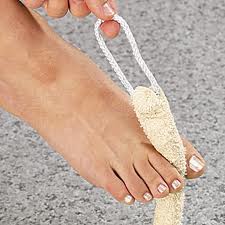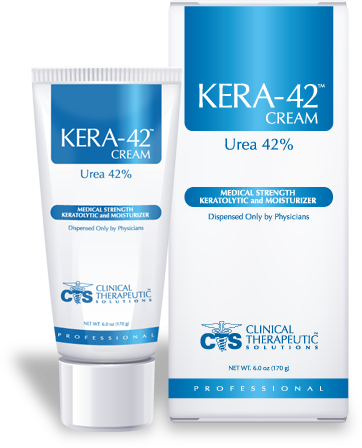Connect With Us
What Is Diabetes?
 Diabetes can be dangerous to your feet. Even a small wound or cut can lead to serious complications. Diabetes may lead to decreased blood flow to the feet as well as decreased sensation to the feet. This is a double-edged sword because Diabetic patients with poor circulation and neuropathy have trouble detecting wounds and ulcers, and also have a harder time healing and resisting infections.
Diabetes can be dangerous to your feet. Even a small wound or cut can lead to serious complications. Diabetes may lead to decreased blood flow to the feet as well as decreased sensation to the feet. This is a double-edged sword because Diabetic patients with poor circulation and neuropathy have trouble detecting wounds and ulcers, and also have a harder time healing and resisting infections.
To avoid serious problems that could result in losing a toe, foot, or leg, be sure to follow the guidelines below:
1. Daily Foot Inspections. Check for cuts, blisters, swelling, or nail problems. Use a magnifying hand mirror to better visualize the bottoms of your feet. At the first signs of any problem, make an appointment with one of the doctors and Academy Foot and Ankle Specialists.
2. Use Warm Water Only. Keep feet clean by washing them daily in lukewarm water. Use the same temperature you would use to give an infant a bath. If you have neuropathy, use your hands to check the temperature of the water to avoid making it too hot and avoid scalding injury to your feet. If you have neuropathy in your hands, ask a family member to check the water temperature for you.
3. Easy Does It! Be gentle when washing your feet. Always use soft washcloths and avoid abrasive tools like pumice stones and files unless approved by your doctor. After washing, dry feet thoroughly with special care to dry in between the toes. Moisture can easily collect in between the toes leading to fungal infections.

4. Moisturize. Use a moisturizer daily to help dry skin from itching or cracking. Avoid putting moisturizer in between the toes. Again, too much moisture in this area can lead to fungal infections. For severely dry and cracked skin, ask your doctor for a prescription strength cream. Kera-42 can be found at Academy Foot and Ankle Specialists. Ask your doctor if this cream is right for you.

5. Careful Nail Care. Have your Podiatrist trim your nails for you at your scheduled visits. In between nail care should be done with caution. File nails instead of cutting them, if at all possible. Improper cutting of nails can lead to wounds, ingrown toenails, and infections.
6. Leave Your Corns/Calluses to the Doctor. Always let your Podiatrist trim any painful corns or calluses. If these build up too much, wounds can develop underneath them. Resist temptation to perform your own “Bathroom Surgery!”

7. Socks.Always wear a fresh, clean pair of socks every day. Special Diabetic Socks can be purchased. These socks lack tight elastic and seams that can be problematic for Diabetic patients. If your feet are cold at night, wear socks. Never use heating pads, heaters, or hot water bottles to warm feet. Again, Diabetes makes it difficult to properly manage hot/cold temperatures leading to thermal injury.
8. Shoes. Diabetic shoes and inserts shoes always be worn. Visually inspect the insides of your shoes before putting them on. Diabetic patients with neuropathy may not feel a rock or foreign object in their shoe. Walking on such things can lead to a blister or a wound very quickly. And always wear shoes. Never walk barefoot—even at home!!
9. Good Management of your Diabetes. Only you can control your blood sugar. Watch your diet, exercise, and keep on top of your Diabetes medication. Good management of your blood glucose levels will greatly reduce the likelihood and severity of Diabetes related complications.

10. Don’t Smoke. Smoking is directly related to inhibiting your body’s ability to heal.

11. See a Foot and Ankle Specialist Regularly. Regular appointments with your podiatrist can help prevent the complications associated with Diabetes.
